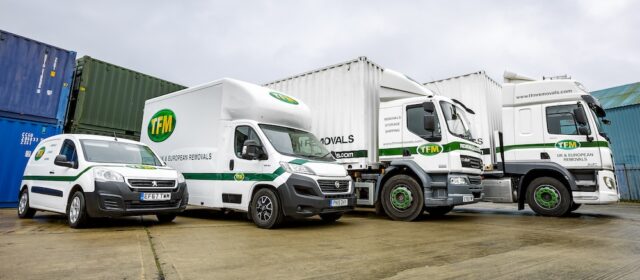Guides
As experts in removals and storage we have a wealth of knowledge in our team. Here are some guides that we hope you’ll find useful…
Our most popular guides

4 min read
Hire A Van Vs. Man With A Van – Things To Consider
Find out more

8 min read
How to Pack Your Items When Moving House
Find out more

6 min read
Definitive guide to our Storage
Find out more

10 min read
Your Complete Moving Checklist
Find out more

4 min read
TFM Storage or Self Storage?
Find out more

8 min read
TFM’s Top Tips for Moving House
Find out more

Contact the team
Get in touch today to see how we can take care of all your removal, relocation and storage requirements.

FAQs
If you have a question about any aspect of our removals and storage services, you’ll probably find the answer here…
